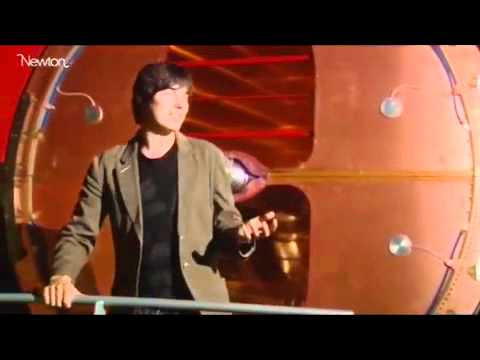Here's a great iPad case from Zazzle featuring a Hubble-related design. Maybe you'd like to see your name on it? Click to personalize and see what it's like!
tagged with: deep space, hubble, hubble deep field, hubble ultra deep field, deep field, astronomy, cosmology, constellation fornax, fornax, hudf The Hubble Ultra-Deep Field (HUDF) is an image of a small region of space in the constellation Fornax, composited from Hubble Space Telescope data accumulated over a period from September 24, 2003, through to January 16, 2004. Looking back approximately 13 billion years (between 400 and 800 million years after the Big Bang) it will be used to search for galaxies that existed at that time. The HUDF image was taken in a section of the sky with a low density of bright stars in the near-field, allowing much better viewing of dimmer, more distant objects. The image contains an estimated 10,000 galaxies. In August and September 2009, the Hubble's Deep Field was expanded using the infrared channel of the recently attached Wide Field Camera 3 (WFC3). When combined with existing HUDF data, astronomers were able to identify a new list of potentially very distant galaxies.
This file is in the public domain because it was created by NASA and ESA. NASA Hubble material (and ESA Hubble material prior to 2009) is copyright-free and may be freely used as in the public domain without fee, on the condition that only NASA, STScI, and/or ESA is credited as the source of the material.
»visit the
EnhancedImages store for more designs and products like this
The Zazzle Promise: We promise 100% satisfaction. If you don't absolutely love it, we'll take it back!

